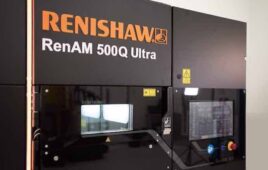The perception and promise of 3D printing are that it provides a simple, fast and automated digital workflow, a process where complexity is free. That perception is generally accurate up to the point that parts are removed from the 3D printer. But, as soon as parts enter the post-processing phase, the automated, push-button process becomes a manual operation that has a tangible and significant impact on a company’s bottom line.
Commissioned by 3D printer manufacturer Rize, the report summarizes the post-processing experiences six of global manufacturers representing the automotive, consumer products, medical devices, sporting goods and architecture industries. “3D PRINTING: THE IMPACT OF
POST-PROCESSING” uses the company’s experiences to paint a clear picture of the impact of post-processing requirements in terms of time, cost, quality staffing, facilities and operations, and what eliminating post-processing would mean for their companies.
The report can be downloaded by clicking here.
Filed Under: 3D printing • additive • stereolithography, Industrial automation




